by Zulfiqar Ali Kalhoro
The people of Gayal village in Darel valley of Gilgit-Baltistan use intricate decorations for an ancient mosque, writes anthropologist Zulfiqar Ali Kalhoro
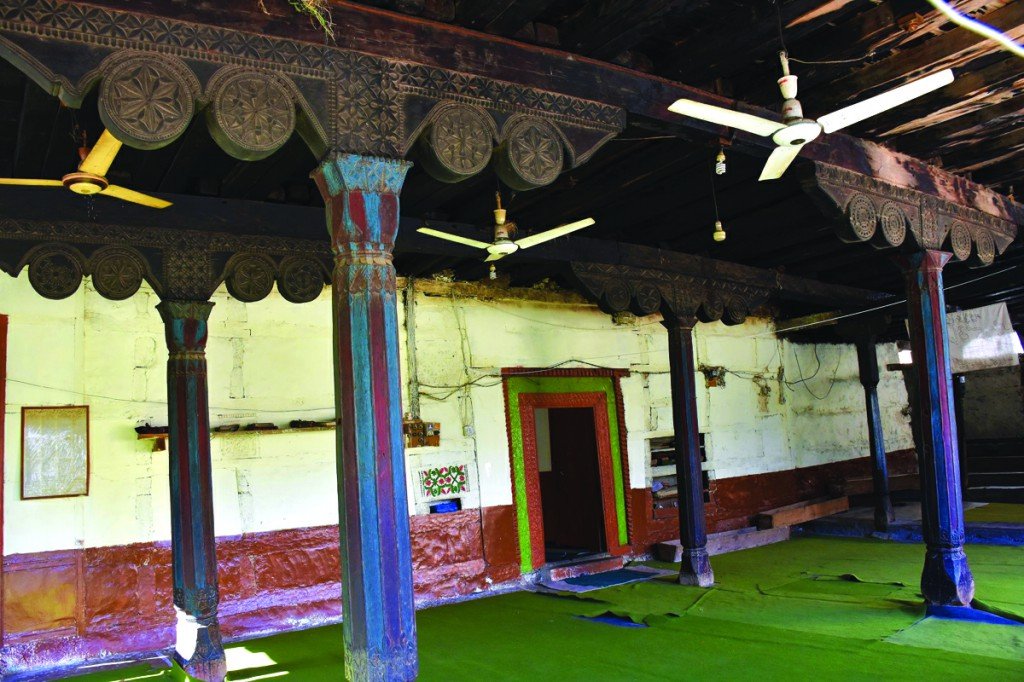
Gayal village in Darel valley of Diamer district is believed to have been established about two centuries ago when the descendants of Dudu moved out of Lelo Kot. The old village was situated about 3km north of Gayal village inside the Gayal nullah (side-valley), by the name of Lelo Kot. The ruins of the Lelo Kot Fort can still be seen spread over a large area. And the ruins of a fort, houses and a graveyard (Jarat) still exist in the deserted village of Lelo Kot. The inhabitants of Lelo Kot were non-Muslims and converted to Islam due to the proselytizing efforts of some learned men from Swat. Islam came to this valley about 250 to 300 years ago. The preachers from Swat converted the chiefs of tribes in Lelo Kot, followed subsequently by the general populace.
After accepting Islam, the residents of Lelo Kot built the first mosque there which was first supervised by the preachers from Swat. The well-known masons and woodcarvers of the village were employed to build the mosque in Lelo Kot. The mosque was noted for its splendid wood carvings. When the residents decided to establish a new village, which came to be called Gayal Kot, they also took some of the ornately carved wooden pillars and other architectural elements to reuse them in the grand mosque of Gayal. The mosque of Lelo Kot, by comparison, was not very grand or spacious.
Today, the Yeshkuns are the main tribe in Gayal village who trace their ancestry from Dudu. A few households also belong to the Shins, who are mainly concentrated in Bishal village. Apart from Yeshkuns and Shins, Doms also reside in Gayal. The Doms, who were associated with the arts of music and dance, came from Chimar Kot which was located near Lelo Kot in Gayal Nullah. Kohistanis, who are descendants of Ilham who came from Kiyal near Pattan in Sindh-Kohistan to Gayal for preaching, also reside in Gayal village.
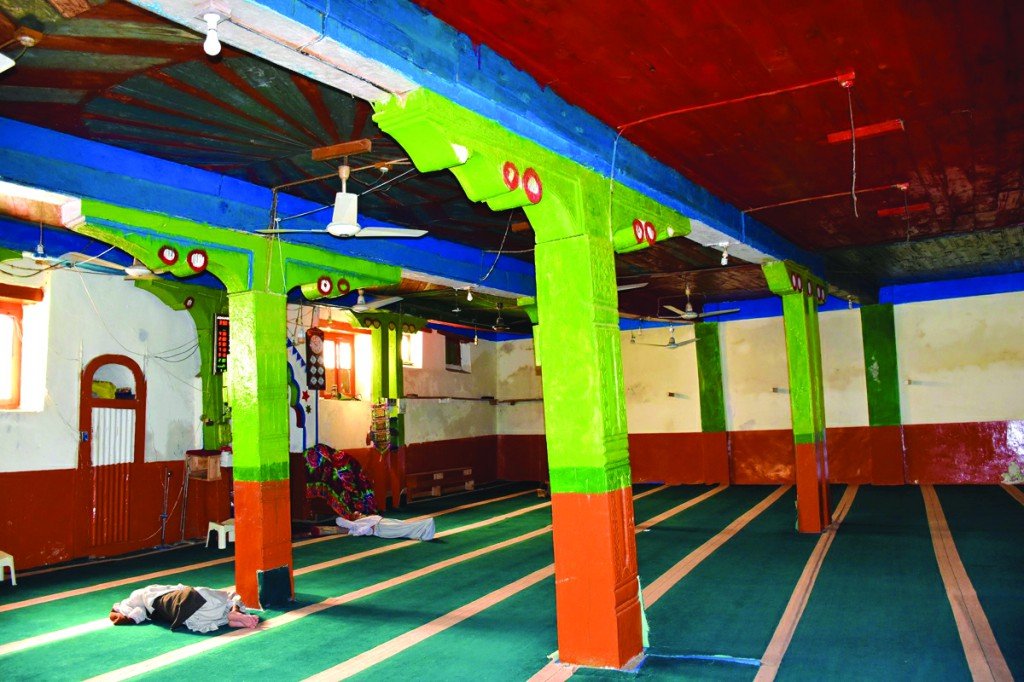
Akbar Khan, who now resides in Gayal village, knows about his ancestor who first came to Gayal from Lelo Kot. His name was Darash Khan. The seventh generation of Darash Khan now lives in Gayal village. In fact, Gayal was once a fortified village. There used to be the main gate (called Daruso in Dareli Shina) to enter the village, which was closed at night and opened in the morning. Almost in every old village in Darel and Tangir, there used to be a Daruso (main entrance to the fortified village) which was, much like that of Gayal, closed at night and opened in the morning. One such Daruso in a dilapidated condition still lies to the east of the Gayal mosque. This is an inscribed and engraved door. To keep an eye on the invaders, some of the villagers use to stand guard over a hill.
In the last quarter of the eighteenth century, the construction of the mosque started in Gayal Kot and it took a few years to be completed. All the villagers financially contributed to its construction. Some of the region’s most famous masons and woodcarvers built the mosque of Gayal. One of the names of the masons, which is still preserved in the memory of the residents of Gayal, was Jugudi. He was assisted by Sano. Gayal mosque, locally called Jumat, is built of stone, wood and mud masonry. Through the main eastern doorway (Baro Dar), one enters the pillared verandah of the mosque which is fronted by ten arched windows (Daris) on the southward. Such arched windows are also seen on the westward and eastward sides. On the eastern side, the entire length of a covered verandah and the hujra (kutgai) is occupied by the covered gallery with a toilet room to its north and running water channel for ablution in the middle. The covered gallery is screened with arched openings.
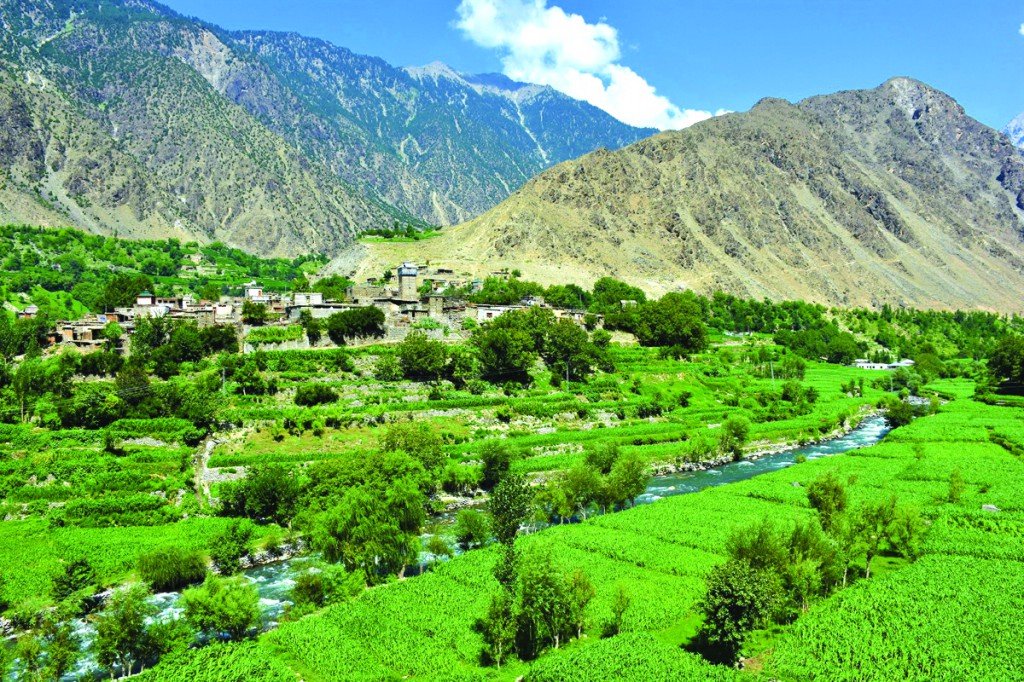
The flat roof of the verandah rests on eight pillars (thun) which have a square base. Four pillars have fluted shafts with double circular volutes (khuri), each enclosing floral designs particularly rosette, lotus and sunflower. Two pillars, near the hujra, are said to have been brought from the older mosque of Lelo Kot. Both the pillars are thinner, tapered and flued as compared to the other pillars in the middle of the verandah. Moreover, these pillars from the older mosque have floral scroll on them which is not seen on the other pillars in the mosque. Out of the eight pillars, one column is square, which is said to have been brought from the old mosque of Lelo Kot. The eastern and western faces of this square pillar are carved with a floral scroll. Such refined and intricate floral designs are not seen in other mosques in Darel valley – in fact, not even in the Tangir valley or in other mosques of Indus-Kohistan, of which I have seen many.
To the east of this slender square pillar in Gayal mosque is another elaborately carved pillar which has a square base with a lotus bud, each petal engraved with chevrons. The shaft of this pillar is richly carved with wavy floral designs. There is also a cross design on the left voluted capital of the pillar.
One enters through the carved doorway (Dar) into the prayer chamber, which has nine thick richly carved square pillars with a bracket capital which supports the flat roof of the prayer hall. The distinctive features of the pillars in the prayer chamber are that they have vertical rectangular slits. The number of volutes on the bracket capital varies on different pillars. Some have one, others have double to triple volutes. Pillars and ceiling alike were painted in 1983 during the renovation of the mosque. There are two mihrabs in the mosque, one in the verandah and another in the main prayer chamber.
There are also two corner square posts on the east and the west of the arcade verandah. The first pillar adjoined to the main door of the mosque is decorated with floral and geometric designs. One of the distinctive features of these wood carvings is a tree motif. A similar tree motif is also engraved on the western square pillar of the mosque. I have not seen this type of tree motif in any other mosque in the Darel and Tangir valleys. Even the historic mosques of Indus-Kohistan do not depict such tree motifs, but interestingly, a similar tree motif is found on one of the pillars of Sher Qila mosque in Gilgit.
To the east of the prayer chamber is located a hujra (kutgai) whose corbelled roof (kutpur) rets on four squared carved pillars. There is a smoke opening in the middle of the roof. All the historic mosques of Darel, Tangir and Indus-Kohistan had a hujra attached, where the travellers used to stay. Like the mosque, the hujra also sometimes received special attention from the builders. The pillars and doors of the some of the hujras in Darel and Tangir were highly carved.
There were also two wooden platforms for sitting near the Gayal mosque which are locally called Karri or Byak. Now, the actual wooden platforms are removed and instead cemented platforms are built. Before and after prayers, the worshippers used to sit on these platforms. These wooden platforms were also sometimes used for holding jirgas.
Master Farmanullah of Gayal village told me that rgw mosque survived the two infernos of 1949 and 1980 when the entire village was burned to ashes. The Gayal Kot mosque is a great specimen of local mosque architecture of the Darel valley. It is part of the identity of Darelis and reflects the skills of the craftsmen that this valley produced in the past.
This feature was first published in The Friday Times. we are publishing it here with the permission of the writer.

Zulfiqar Ali Kalhoro is an anthropologist, teacher, researcher and published writer. He may be contacted at: zulfi04@hotmail.com

The High Asia Herald is a member of High Asia Media Group — a window to High Asia and Central Asia

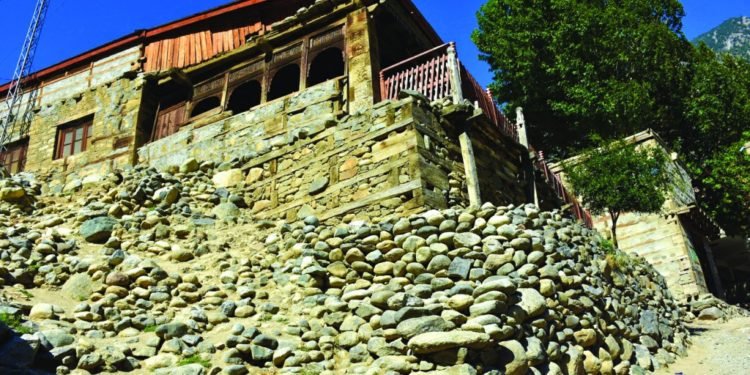
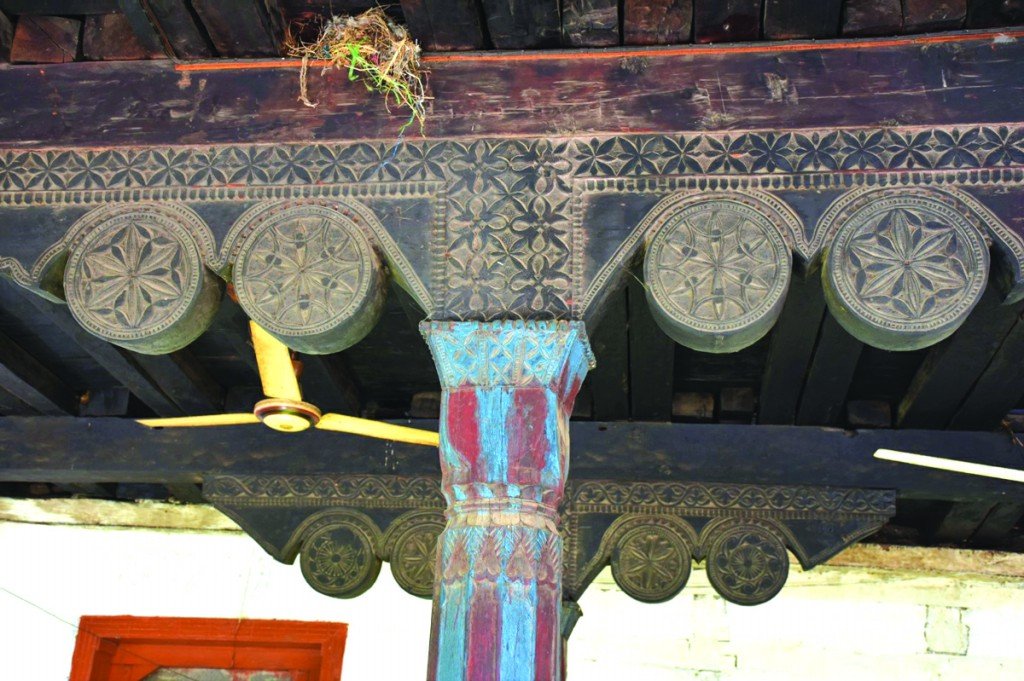

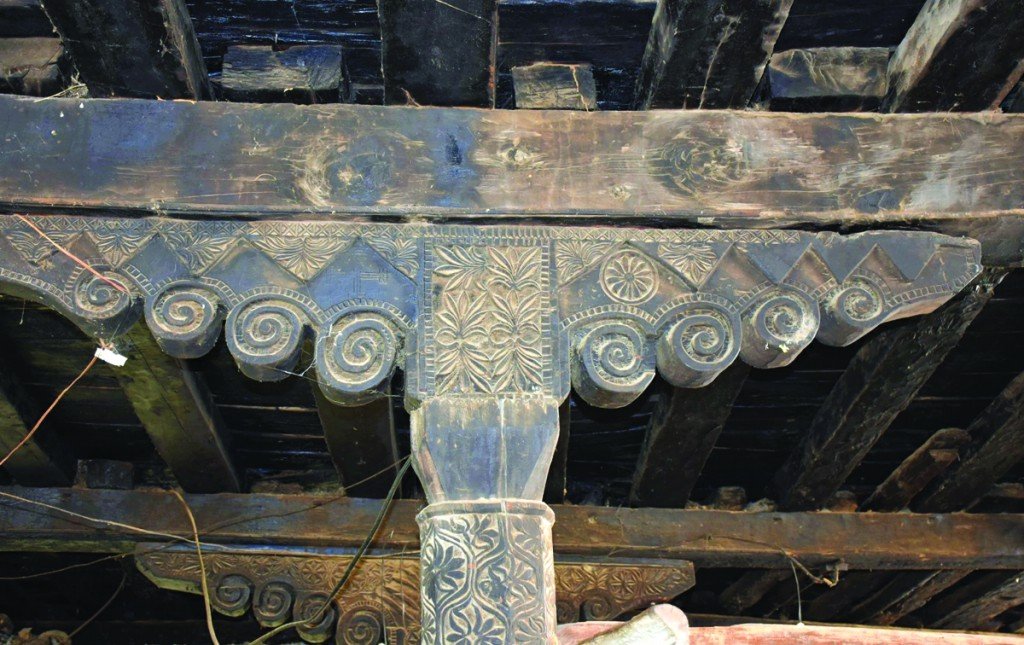
One thought on “Charming mosque of Gayal in Darel valley”
written an excellent History of Gayal valley, and to familiar the new generation too.